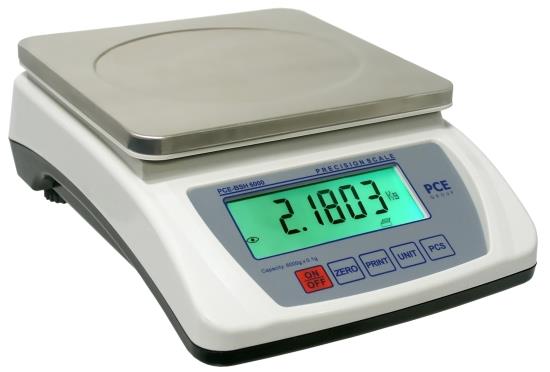Solutions lab
session
During this session you will visit a number of areas
of knowledge that you have used before – precision measurements, properties of
substances, molarity, molality. You will also be introduced to ideas such as
the conservation of mass and additive/non-additive volumes. As you will be
measuring a number of different masses, you should try to use the same set of scales for each
measurement.
Firstly, complete the blank spaces in
the questions below. I have provided enough information to complete all
answers.
Secondly, make a blog page for this
practical that uses the information to discuss the following points (explain
and give examples to support your discussion):
- Is mass always conserved?
- Is volume always conserved?
- What are molality and molarity
(In the next blog page "3 questions for solutions lab")
1.
Working out the volume of 2.5 g sodium chloride using
cyclohexane.
a. Measure 3 mL of cyclohexane with a pipette and pour it
into a dry measuring cylinder.
Weigh the cylinder with the cyclohexane: ___73.50g__.
Weigh 2.50 g of sodium chloride and place it in the
cylinder as well.
Weigh the whole apparatus: ___76.00g_.
Does the total mass equal the masses of the different
parts? __Yes__.
A French scientist named Lavoisier stated that “matter cannot be created or destroyed, so mass is always
conserved”. Does your data agree
(approximately) with this statement? __Yes__.
b. Why does sodium chloride not dissolve in cyclohexane (Hint: which kind of substance are they –
ionic, covalent (organic) or metallic)?
It’s doesn’t dissolve in cyclohexane
because the cyclohexane is an organic substance and salt, which is ionic, can’t
dissolve in organic substances.
As it does not dissolve, we can work out the volume of
the salt by measuring the change in volume of the mixture:
What was the initial volume of cyclohexane
___3 mL__.
What is the final volume (after adding the salt)? __4.5mL__.
What is the volume of the sodium chloride? ___1.5mL__.
2.
Is mass conserved when 2.5 g of salt is dissolved in
water?
Weigh a clean, dry 25 mL measuring cylinder: __70.00g_.
Take 10 mL of water with a pipette and pour it in the
cylinder.
Weigh it again, now with the water: __80.00g_.
What is the mass of the water? __10g___.
What should the mass of water be per gram? (use the internet) ___1g__.
Weigh 2.50 g of sodium chloride. Add it to the water
and dissolve it.
Weigh the whole apparatus: __82.50g_.
Does the total mass equal the masses of the different
parts?
___Yes__.
Is mass conserved? ___Yes__.
What is the final volume of the solution? __11.0mL__.
3.
Is volume ´additive´ (can we just add the individual
volumes to get the final volume) when 2.5 g sodium chloride is dissolved in
water?
What was the initial volume of water in part 2? __10mL_.
What volume should be taken up by the salt solution? __11.5mL___.
What is the actual final volume of your sodium
chloride solution? __11mL___.
Is there a difference between your answer and what you
predicted? Explain why there is or might be:
When the substance mixes the molecules
broke and made different molecules, which took a different volume.
4. Work out
the molarity and molality of the sodium chloride solution:
- Molarity, M (mol/L) = number of moles of solute ÷ volume of solution (L)
Calculate the molarity of your sodium chloride solution (in water):
NaCl mm=58.44 g/mol
58.44/1=2.5/x à
2.5/58.44=0.0427 mol
M=0.0427/0.011=3.881͡8
- Molality, m (mol/kg) = number of moles ÷ mass of solvent (kg)
- Molality, m (mol/kg) = number of moles ÷ mass of solvent (kg)
Calculate the molality of your sodium chloride solution (in water):
m=0.0427/0.01=4.27 mol/kg
- Bonus questions
·
Why is it suggested to use the same set of scales for
each measurement?
Scales usually measure a bite more or a bite
less. By using the same scale, we ensure
we are always measuring with the same mistake.




·
Briefly design a different experiment that could be
used to investigate additive volumes.
Measure 10mL of water and in another measuring
cylinder, 10mL of cyclohexane. Add 2.5g of salt to each of the cylinder. Is the
total volume the same in both?
·
What are “colligative properties”?
Colligative properties are properties of solutions
that depend upon the ratio of the number of solute particles to the number of
solvent molecules in a solution, and not on the type of chemical species
present.

References (APA style):

References (APA style):
- Chemed.chem.purdue.edu.
(2014). Colligative properties. [online] Retrieved from: http://chemed.chem.purdue.edu/genchem/topicreview/bp/ch15/colligative.php
No hay comentarios:
Publicar un comentario